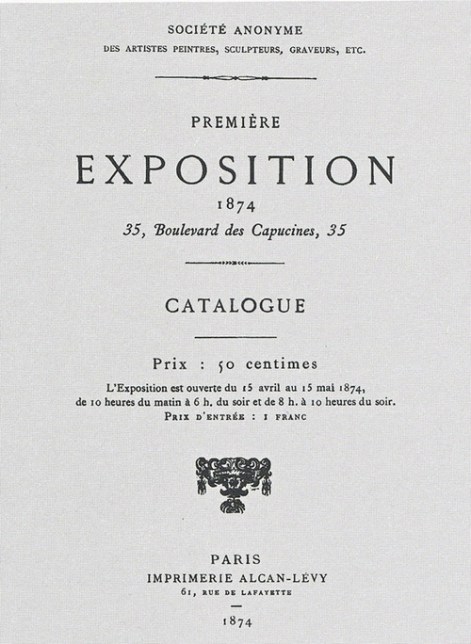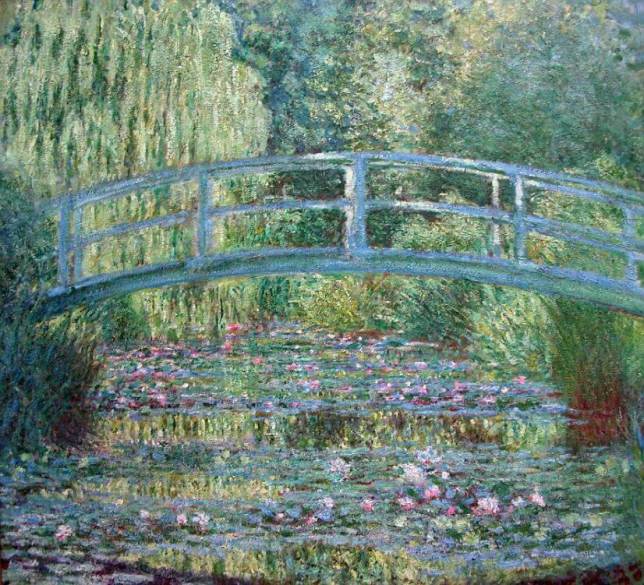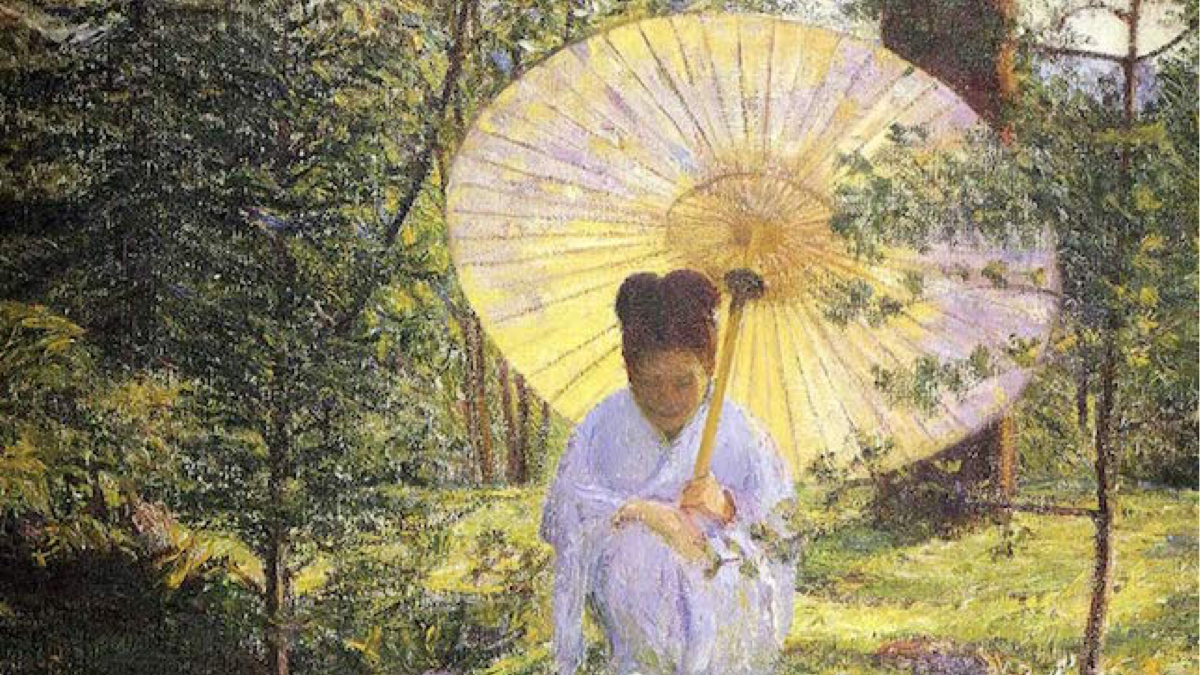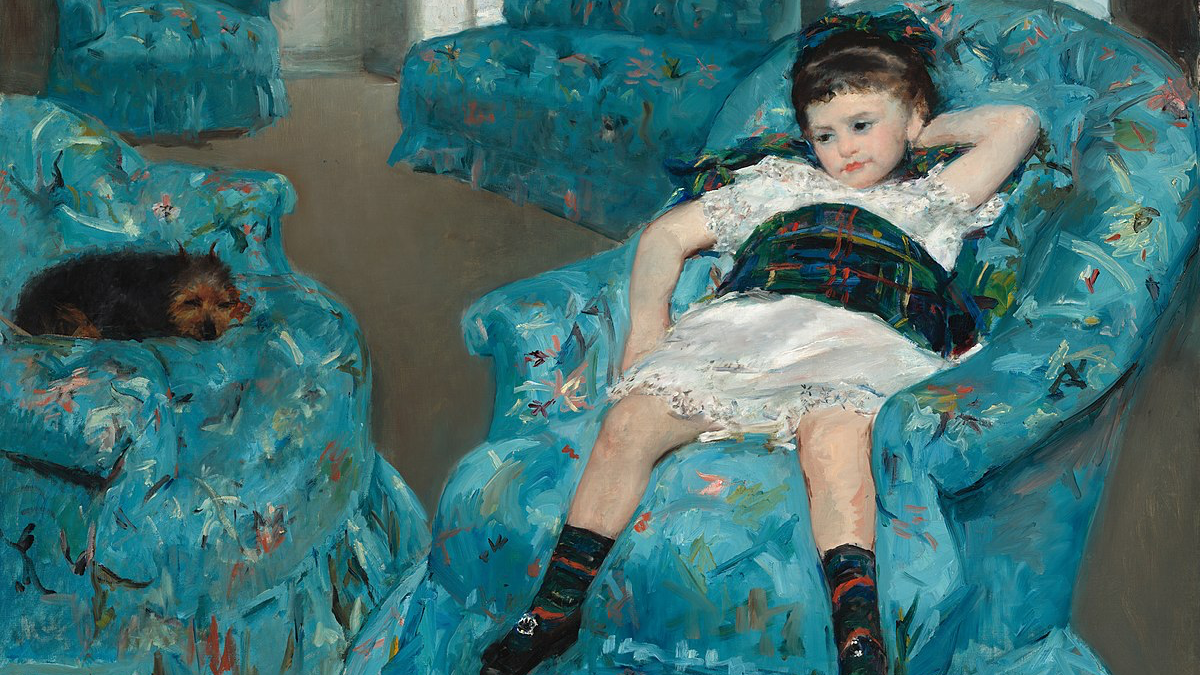
Monet's Impact on Impressionism
Impressionism is in the spotlight this year! 2022 marks the 150th anniversary of Claude Monet’s famous painting Impression, Sunrise, dating from 1872 according to its first sale contract. This special date seems like the perfect opportunity to review the work of the most famous of the Impressionists, and to analyze its impact on the movement, first of all, but especially on the history of art. Today, Artsper brings you the story of one of the most famous advocates of Impressionism…
At the origin of the term “Impressionism”

Claude Monet is considered the father of Impressionism. Although far from being the first to represent its recurring motifs, including landscapes, their light, and the ephemeral present moment, the artist’s legacy is intimately connected to the movement. It was even the title of his seascape depicting the port of Le Havre that named it. Indeed, it was in an attempt to mock Monet that art critic Louis Leroy baptized the movement in 1874. He declared: “What does this canvas represent? Impression! Impression, I was sure. I thought to myself, since I am impressed, there must be some impression in it.” However, Monet did more than help name the group; he defined its codes.
The Salon, the Academy and the Société anonyme des artistes peintres, sculpteurs et graveurs

19th century Paris was ruled by the authority of the Royal Academy of Painting and Sculpture. The institution’s role was to approve the artists of the time. They could then exhibit at the Salon, an highly-prized event which gathered great masters, art critics and the general public.
The philosophy of the Impressionists bloomed from their desire to break away from the institution. According to them, it was far too attached to historical painting and good morals. Moreover, a number of the group’s members were regularly rejected, or waited many months before receiving the approval of the Academy. The solution they found was to organize their own independent exhibition. Monet, alongside fellow artists, would meet in Parisian cafés to discuss logistics. On December 27, 1873, the Société anonyme des artistes peintres, sculpteurs et graveurs was founded, with the support of Renoir, Pissarro, Cézanne and Manet. The latter, who was older and more experienced, was also more reluctant to renounce the authority of the Academy. Thus, he did not partake in the first edition of the exhibition.
In April 1874, the avant-garde group of 19 artists exhibited in the studio of photographer Nadar. The works presented for the event received mixed review, not to say a media outcry. Some say that they are unfinished, derisory, or even abominable. They are said to be only “impressions” of works.
Monet, a leader in his own right

Although the group had no proper leader, Monet quickly established himself as its main advocate. His work embodied all the specificity of Impressionism, in addition to having given it its name. His painting in the 1870s was marked by his many artistic residencies. He even continued to travel after having finally settled in Giverny in 1883. The artist criss-crossed France and painted mostly outdoor scenes, landscapes, and life in rural areas. Painting outdoors did not frighten him, and in 1880 he exclaimed: “My studio? I have never had a studio, I don’t understand why anyone would lock themselves in a room. To draw, yes; to paint, no.“
Indeed, the working methods of the author of the Water Lilies laid the foundations of the artistic movement. His rapid brushstrokes, his obsession for the instantaneous, and his mix of colors contributed to his worldwide fame.
Far from the academic painting of the time, the impressionist technique brought by Monet adapted to each member of the group. They took him as an example. They all agreed to paint the impression they had of their subject, rather than the view that was offered to them. If today this practice seems conventional, even arbitrary, it was not in the early 1870s. In essence, the Impressionists were rejecting rules that had been in effect for centuries and celebrating their (re)found freedom.
An eternal legacy

Concretely, there is a before and after Monet. Indeed, if contemporary artists are painting en plein air, you now know who to thank! Light, the neuralgic point of painting and an eternal source of fascination for collectors, might never have been so cherished without the contribution of the Impressionists. The principles of the art movement magnify the artist’s vision, sensitivity and subjectivity. Each canvas corresponds to a moment that was experienced by the painter, to an emotion that they felt and that takes precedence over the search for aesthetics or truth. Fascinated by Japanese prints and their scenes of natural landscapes with exceptional shades, Monet was inspired by them in his works dressed in sparkling blues and burning oranges. Later on, his work around color became the reference.
Although they achieved considerable fame over the years, the Impressionists held their eighth and last joint exhibition in 1886. Although the decade was marked by many disputes between the group, it was nonetheless one that contributed to the advent of modernity in art. This out-of-the-box stance inspired many artists to follow in their footsteps and reject the conventions of the Parisian and global art scenes.
Celebrated for his impact on Impressionism and for his rebellion against the Academy, Monet has forged an indelible reputation in the art world. His name is inseparable from the artistic landscape of the 19th century and from the movement that he led to fame. Alongside him, dozens of great names in Impressionist painting have established themselves as such, including women who are all too often forgotten by art history: Berthe Morisot, Mary Cassatt, Marie Bracquemond, Eva Gonzales, Lilla Cabot Perry, to name a few. Discover other works inspired by Impressionism on Artsper!

About Artsper
Founded in 2013, Artsper is an online marketplace for contemporary art. Partnering with 1,800 professional art galleries around the world, it makes discovering and acquiring art accessible to all.
Learn more













